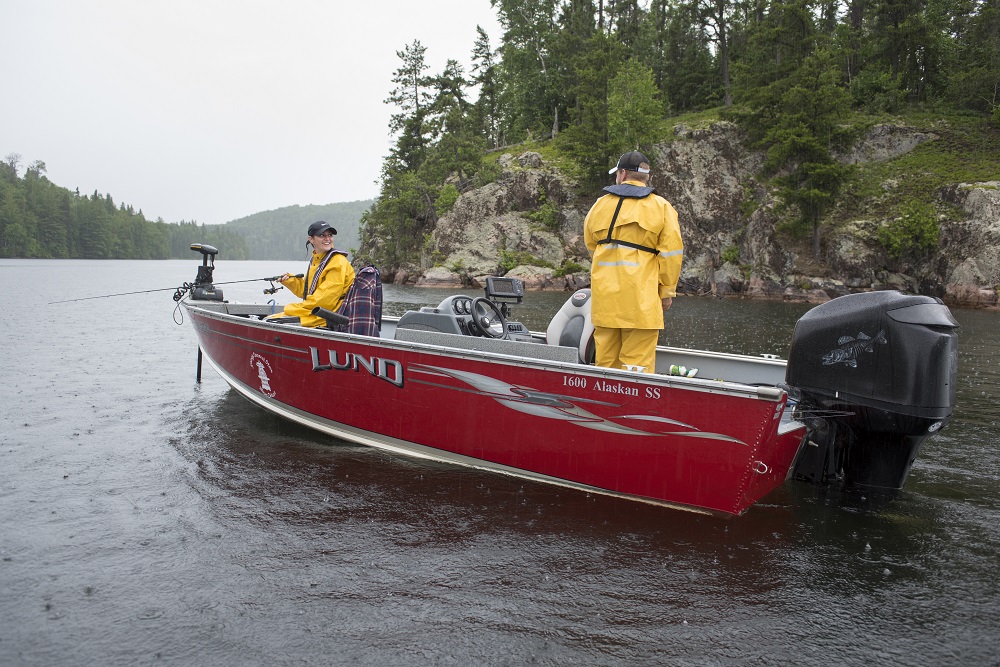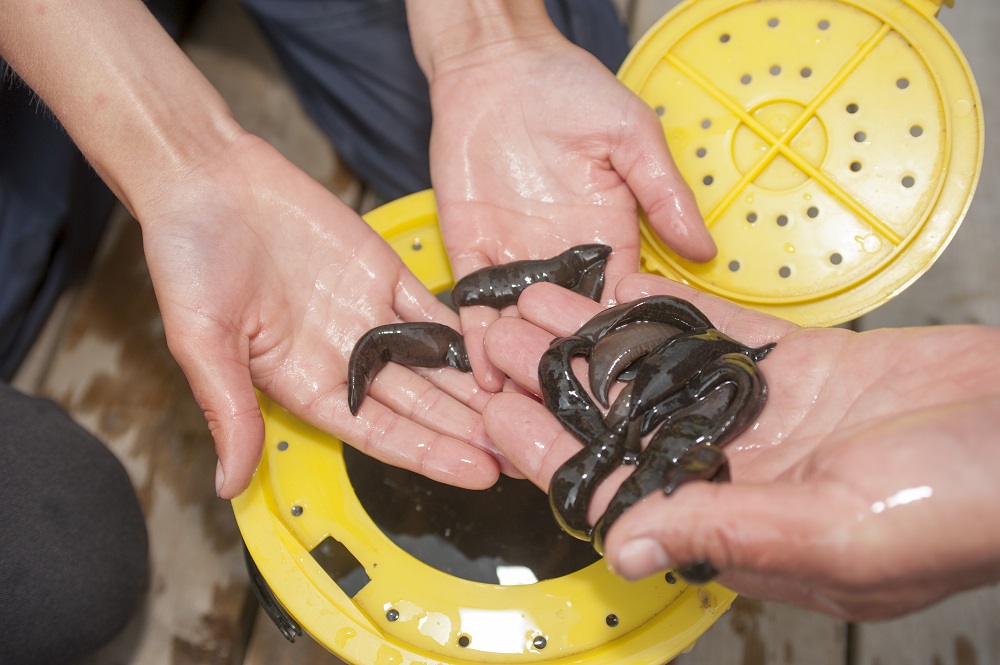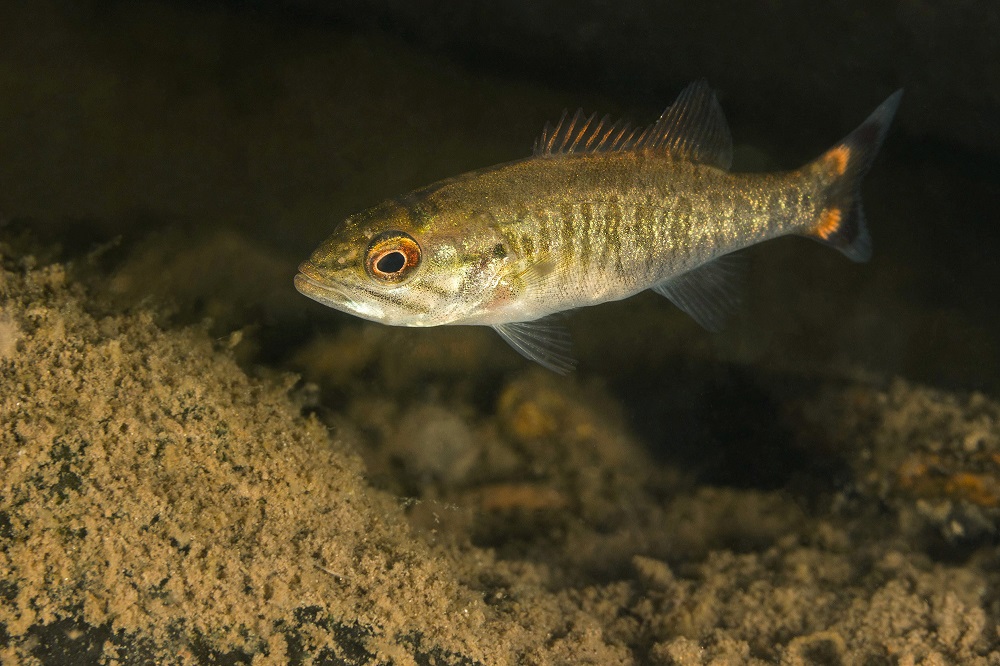
Ontario is home to more than 250,000 lakes, thousands of kilometres of streams and rivers, and more than 150 species of fish.
There are endless fishing opportunities at Ontario Parks, and dropping a line is a great way to connect with and learn about nature.
From Lake Trout to Brook Trout, Walleye to Northern Pike, we’ve got some of the best recreational fishing opportunities in the world!
But before you head out to hook a big one, let’s talk about some of the dos and don’ts of using live bait in Ontario Parks:
~
Do: talk to park staff
Park staff have a wealth of knowledge about the area’s fish species and fishing spots, and they can point you in the right direction to learn more about the latest regulations.

Certain parks have bans on using live bait — so know before you go!
Looking to chat with staff before arriving at the park? You can find each park’s phone number on their individual web page, accessed through our website.
~
Do: check the regulations
Fishing regulations help to ensure the long-term sustainability of fish species so generations of people will have the chance to fish.
The best source of information to plan your trip is the Ontario Fishing Regulations.

You are responsible for knowing the rules and regulations of the waterbody you are fishing. Spend some time reading and understanding the regulations before heading out.
Fish ON-Line is a tool you can use to plan your fishing trip, check fishing regulations, and learn about Ontario sportfish.
You can get directions from anywhere in North America to over 18,000 waterbodies and fishing license vendors.

Fish ON-Line uses maps to search for fishing spots by the name of the lake or river, by the type of fish you want to catch, by location and type of sport fish stocked, or by GPS coordinates.
Fish ON-Line is always up to date. Check fishing zones, size, and catch limits, open seasons, sanctuaries, specific rules for the lake or the zone.
~
Don’t: use bait where it is not permitted
The use of live bait is not permitted in many waterbodies. In fact, Ontario has rules that affect the movement, use, and possession of baitfish.
In the past, use of live bait resulted in the introduction of invasive species.

Bait restrictions help to prevent the spread of invasive species. Make sure to check if there are any restrictions on using live bait before your trip.
These regulations protect rare and endangered species, conserve biodiversity, and prevent the spread of invasive species.
Anglers are responsible for ensuring that any live fish in their possession intended for use as bait are permitted baitfish species.
~
Do: consider alternatives to live bait!
There are many alternatives to live bait, and anglers have great success with the use of artificial lures.

Artificial lures mimic a wide range of fish foods and can be reused over and over again.
~
Don’t: dump leftover bait in or near the water
What do you do with leftover bait? It must be dumped at least 30 metres away from any waterbody, however, we do encourage anglers to take their bait home with them and dispose of it through municipal waste.

Bait (and the soil they often come in) are often from an unknown origin, and may result in the spreading of invasive species.
Remember: in Ontario, it is illegal to dump the contents of a bait bucket (water, soil, or other material) or live or dead bait (including fish eggs, gametes, or fish parts) either directly into the water or within 30 metres of it.
~
Don’t: release worms
Worms are an invasive species too!

The best management practice for leftover worms is to dispose of them in the garbage, not on land!
~
Do: take small steps to lessen your impact
Many people will release fish they have caught. Luckily we know ways to give the fish we release a better chance at survival.

Use artificial lures, not live bait. Fish caught with live bait can get deeply hooked, which makes hook removal very hard and can reduce survival.
Consider using circular and barbless hooks. Circular hooks reduce the chance of deep hooking and barbless hooks are easier to remove. Circular and barbless hooks reduce injury to the fish and the time you need to handle the fish.

When you have landed a fish, keep it in the water as much as possible. Fish need water to breathe. They have run a marathon after a fight with an angler, so they need oxygen to recover.
Learn more about catch-and-release fish handling.


